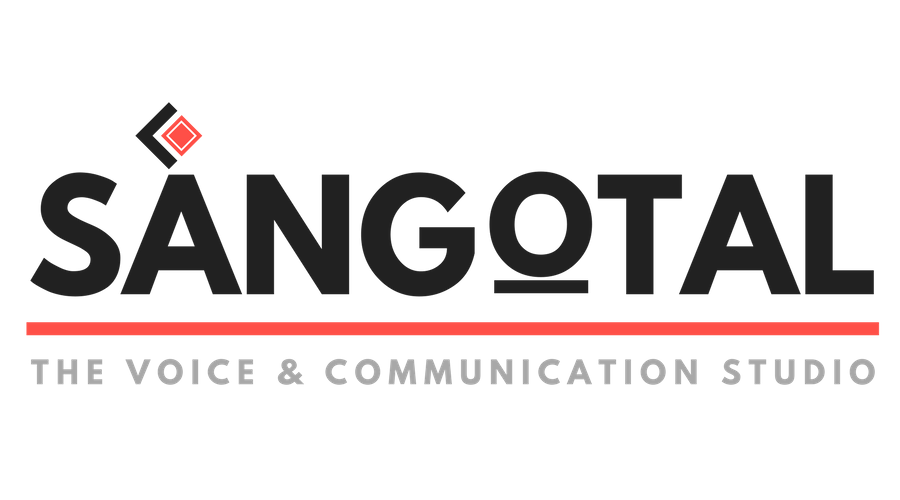SPEECH
Difficulties in speech can be:
* Unclear pronunciation of the sounds.
* incomprehensable/hardly comprehensable language
* Lisping
* Cluttering
* Stuttering
* Nasal speech
In case of a speech disorder, a child will omit or not pronunciate certain sounds clearly. There are various known causes to this disorder, such as hearing loss, neurological disorders, brain injury, intellectual disability, drug abuse, physical impairments such as cleft lip and palate, and vocal abuse or misuse. Oftentimes though, the oral muscles are too weak or the child has a hard time discriminating the various speech sounds. The SLP can help with chewing and mouth massage, in order to forego eating and swallowing disorders, treat incorrect production of sounds, or work with incorrect development of the jaw and teeth (caused by deviant mouth behaviors).
What is a Speech disorder?
When a child’s speech development has not come as far as what would be expected it’s called a speech disorder. The child does not speak yet or considerably less. It uses one or two word sentences (when it is 3-4 years old) and the people in the environment have a difficult time to understand the chld. A speech disorder can be dependent on another disorder, like hearing loss or a general developmental disorder. But the speech disorder can also exist without a clear cause. This lack of being able to express itself clearly to the people surrounding it, can cause behavioral problems: the child becomes a rebel, have tantrums or, on the contrary, become introverted. It can even disturb the child’s learning.
developmental verbal dyspraxia and dysarthria
DVD, also called Childhood Apraxia of Speech (CAS) and dysarthria are motor control difficulties. Dyspraxia is caused by the motor planning in the brain being off. The child is searching for the right movements to be able to articulate. This needs a lot of practicing and will not disappear by itself. Every (speech) movement has to be trained into the muscle memory of the mouth and face. The child can have a hard time finding the movements för eg. p, k or t, but also o, a and i.
In dysarthria, motor planning is functioning correct and the muscles can perform the movements, but the nerves can not or only partly transmit the signals to the muscles. Speech becomes “thick” or choppy and uneven.
stuttering and cluttering
Both speaking too fast and stuttering are fluency disorders and a timing problem and here we can work with both the physical timing, work with the body while speaking, and the thoughts and feelings that are hidden behind stuttering.
What does the slp do?
Jessica will assess both speech and language thoroughly with standardized tests. Even completing assessment can be needed, by a pediatrician or ear-, nose and throat specialist. Jessica’s treatment is both direct and indirect. Jessica will work with your child in direct therapy but will also show you how to do the same thing at home to stimulate your child’s speech. This is called indirect therapy. Mouth massage, exercises for the different missing speech sounds, working with the whole body and a lot of fun are included, because children learn the best when they are having a good time.
The treatment results are depending on the cause of the disorder. Overall, a speech disorder has a good prognosis, especially when the speech problems are recognized at an early age. In that case it is already possible for the child to see a speech language pathologist before they it turns two years old, but this is uncommon in Sweden. Nevertheless… if you notice that your child is not talking yet and you are worried, please contact Jessica.
0732 546 230
info@sangotal.se
Copyright Sangotal | Produced by Conversant Creatives

